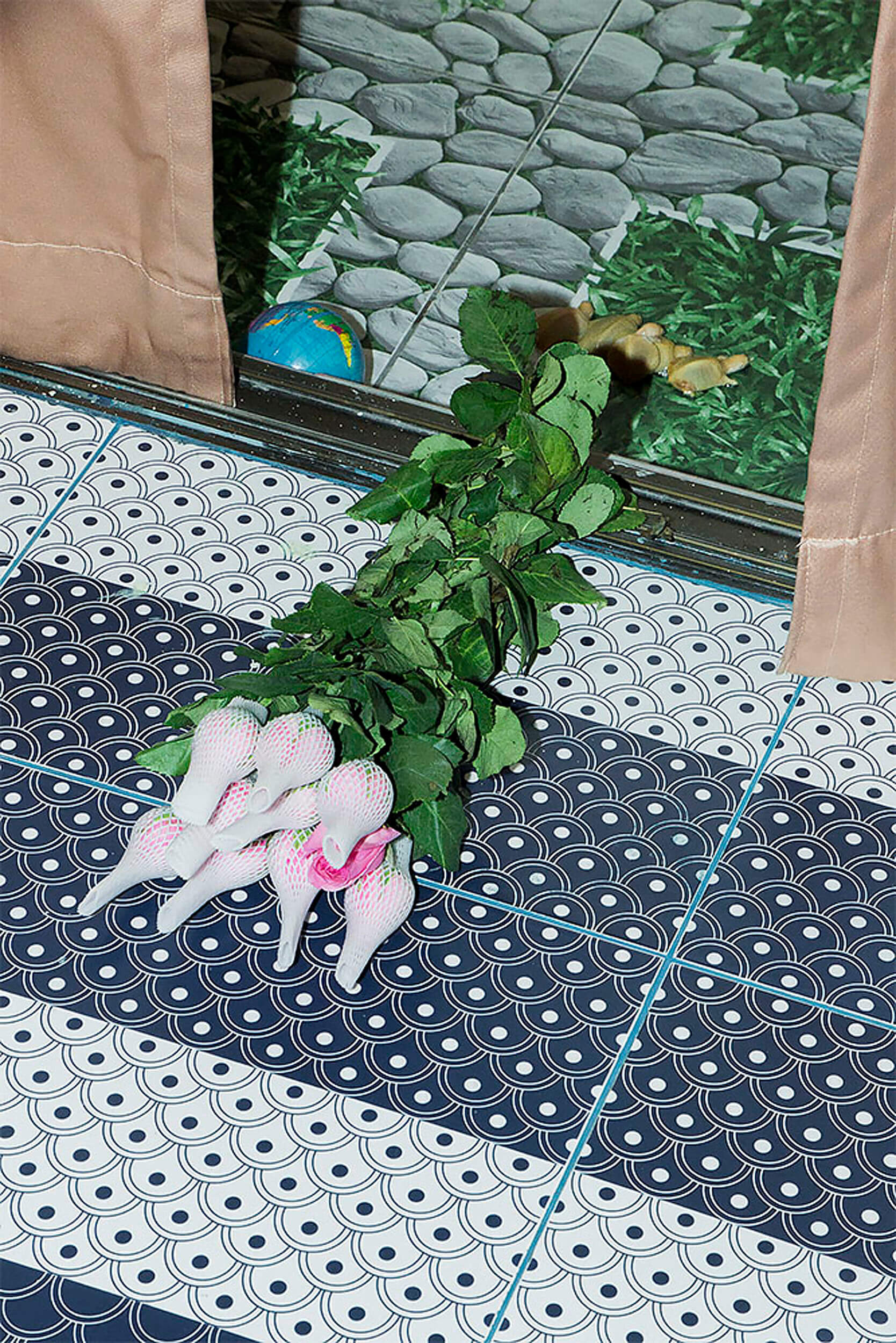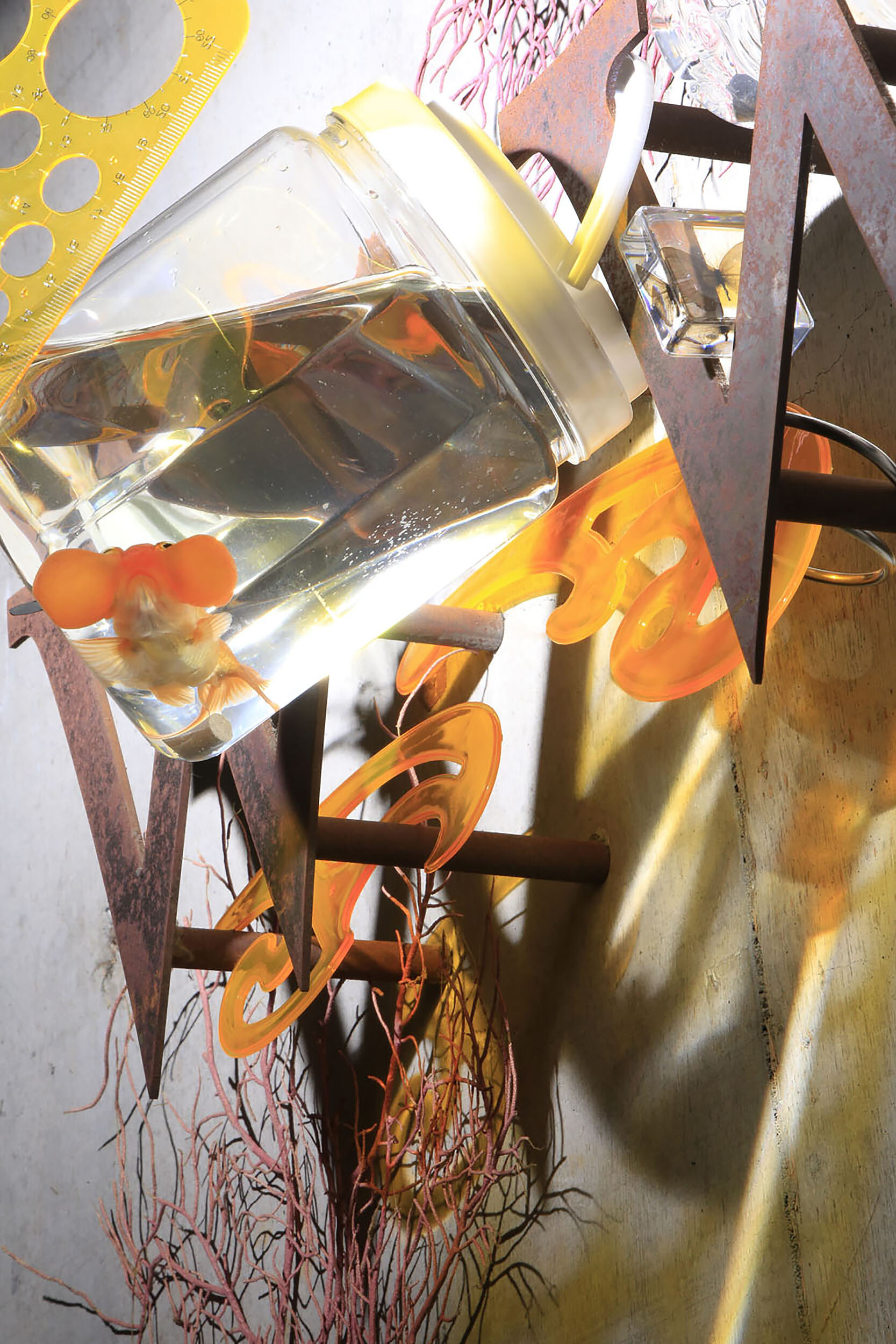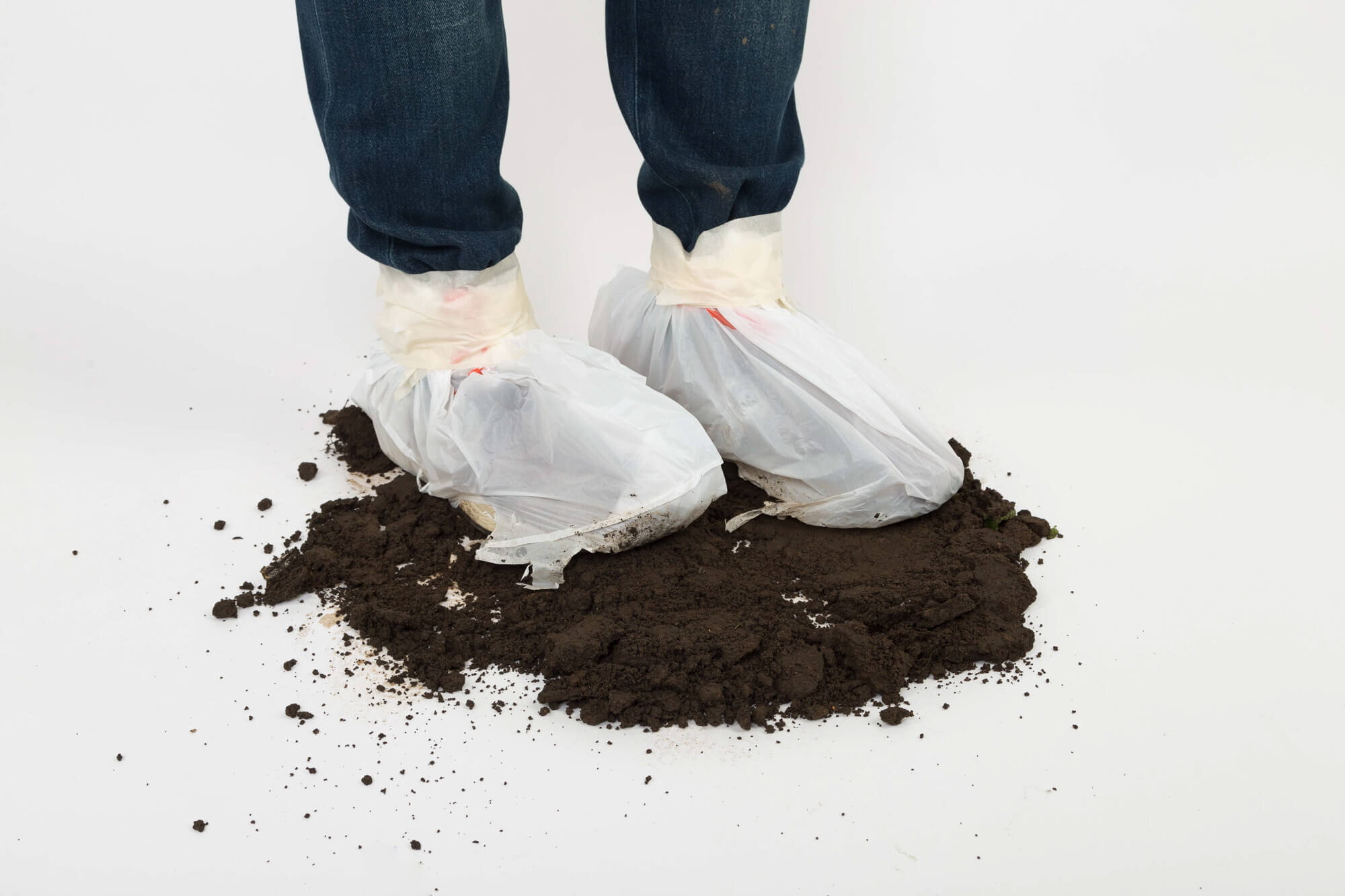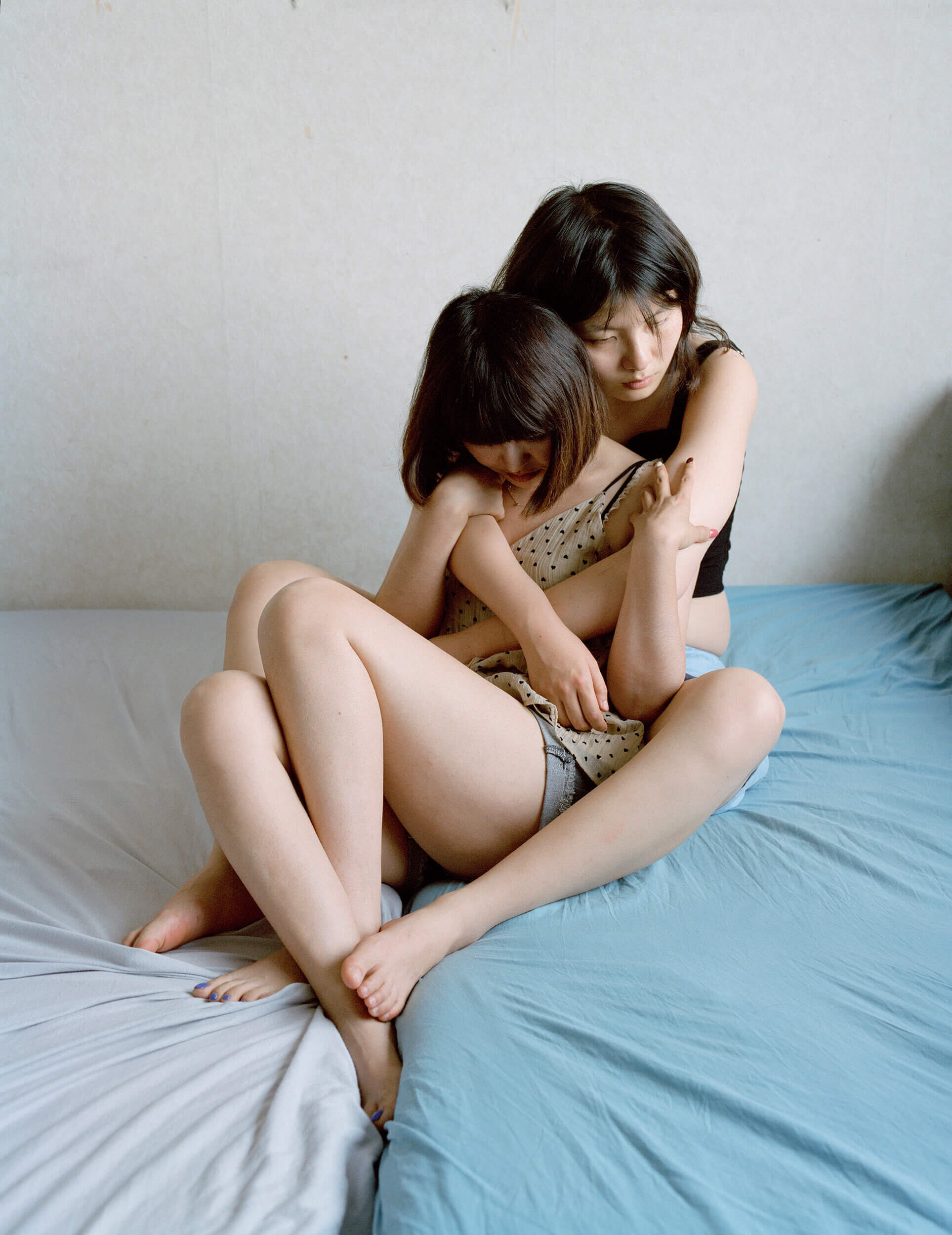makoto oono
Your name
Makoto Oono
Place of birth
Chiba, Japan
Place where you live now
Tokyo
3 words to describe you
Balance, secrecy, rebellion
Why do you take pictures?
To erase memories.
Where do you get your inspiration?
The real city.
Who are your influences?
My teacher is the photographer Yoshiko Seino. She is best known for advertisements for Comme des Garçons, but she committed suicide after publishing two books of photographs. We met when I was 21 years old and I will never forget many of her philosophies.
What determines the subject matter you choose?
My upbringing.
What impact would you like your art to have?
The hope of forgetting sadness.
What artwork do you never get bored with?
Van Gogh's paintings
Is there anything you want to add?
Photography is about seeing.
The re-signification of the photographic still life by Makoto Oono
Text by Nadia E Carrizo
















